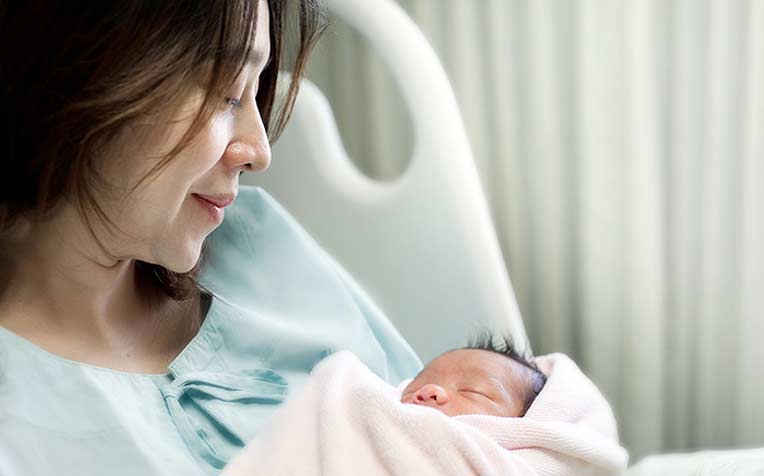HealthXchange will NEVER ask you to transfer money over a call. If in doubt, call the 24/7 ScamShield helpline at 1799, or visit the ScamShield website at www.scamshield.gov.sg.

Childbirth pain can be managed through a variety of ways - drug or drug-free.
"They don't call it labour for nothing. Having a baby is hard work, and part of that work is getting through the delivery process. But don't worry. There are many ways to manage the pain, and you can choose more than one."
Every woman experiences and tolerates pain differently. Sometimes, focussed breathing is all that's needed to get through labour, while others may need pain relief. The Department of Obstetrics & Gynaecology at KK Women's and Children's Hospital (KKH), a member of the SingHealth group, shares various labour pain relief options - both pharmacological and non-phramacological.
Labour pain relief options
Non-Pharmacological methods
- Hypnosis
- Hydrotherapy
- Local heat or cold application
- Transcutaneous electrical nerve stimulation (also called "TENS")
These methods vary in their effectiveness though some w. Locally, these methods not widely used as most are not proven by studies to be effective.
These methods vary in their effectiveness though some women love them. Most are not proven by studies to be 100% effective.
Pharmacological methods
These involve the use of drugs. Examples include: inhalation of entonox gas, injection of opioids and epidural or combined spinal-epidural analgesia.
1. Entonox Inhalation
A gas mixture of 50 percent nitrous oxide and oxygen is administered via facemask. It should be inhaled as soon as contractions begin to achieve maximal effect at contractions.
Advantages: Readily available, does not stay in the body and is easily administered
Disadvantages: May cause drowsiness, light-headedness and some nausea
2. Opioid Injections
The most common opioid used for labour pain is pethidine. This is usually injected into the thigh. Each injection takes 15-30 minutes to take effect.
Advantages: Provides 4-6 hours of pain relief
Disadvantages: Can only be given in early labour (less than 5cm dilation) as it can cause drowsiness in the baby if administered too near to delivery
3. Epidural Analgesia (EA)
Epidural is most reliable and effective way to relieve labour pain. In EA, local anaesthetic drugs are administered through a small tube into the epidural space at lower back.
Advantages: It is effective analgesia and helps control blood pressure
Disadvantages: Numbness of the legs may occur but the effect will wear off. Nausea is common, but is managed with medications. Occasionally, some women may experience a headache after delivery
Ref: M19
Contributed by
Related Articles
Conditions & Treatments
Public Events
Get the Health Buddy App
© 2025 SingHealth Group. All Rights Reserved.


















 Get it on Google Play
Get it on Google Play